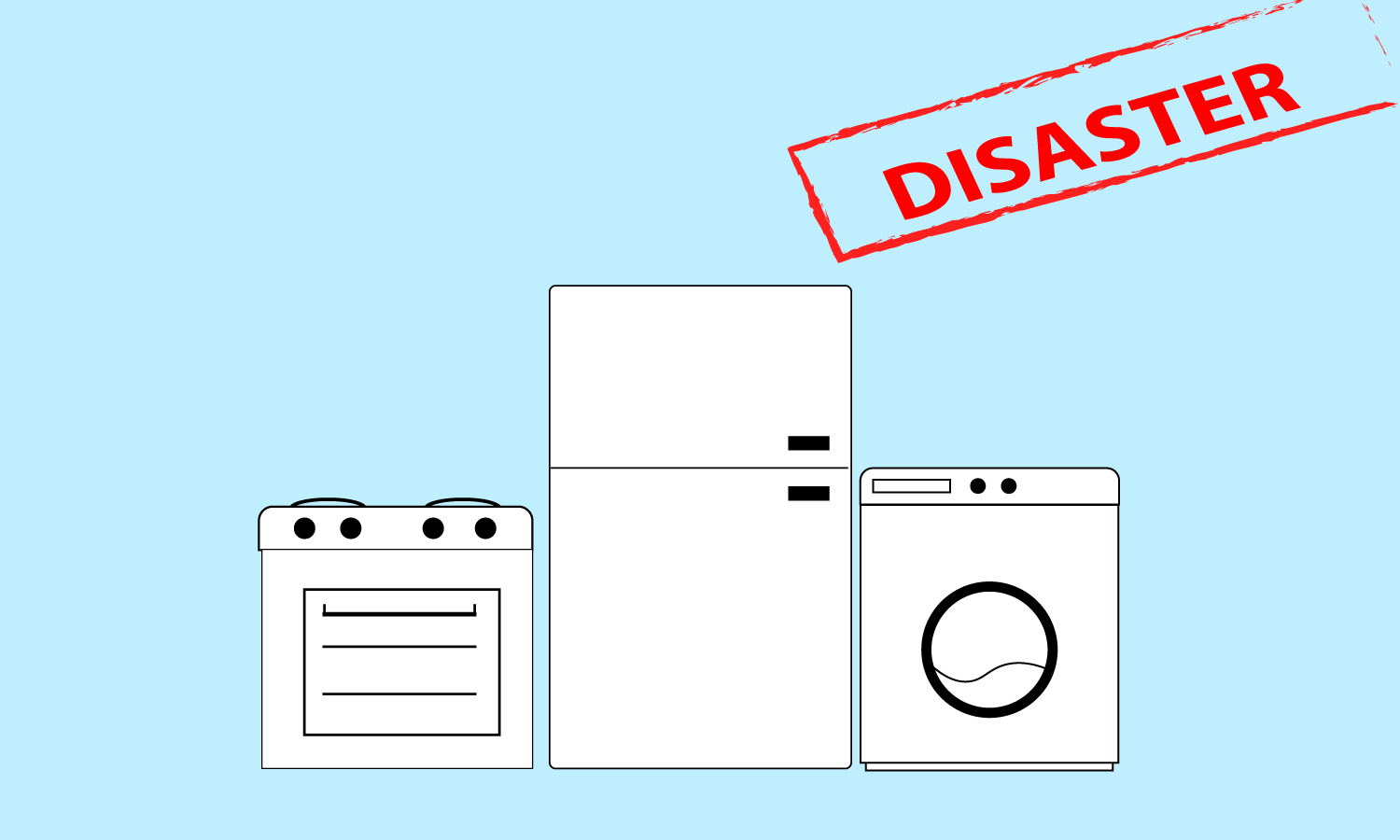Sears, once a cultural treasure, was in business for 125 years and was one of America’s more recognizable home brands. Think Amazon, but in catalog – print form. Sears was well-known for brands such as, Kenmore for appliances, Craftsman for tools, and car batteries that were sold under the name DieHard. Until recently, a Sears’ service truck was as common as a FedEx truck is today. In its prime, there were Sears catalog stores, Sears’ automotive centers, and many services, from roofing, siding, air conditioners, to bath remodeling. In a way, Sears invented Omni-channel shopping. The downward trend and decline is due to a series of missteps in Sears’ supply chain management.
Background
Sears, the American chain department store, was founded in 1893 by Richard Warren Sears and Alvah Curtis Roebuck. It began as a mail order catalog company, opening their first retail locations in 1925. The company grew by selling products at low prices to farms and villages, which had no other access to retail outlets. The Kenmore name first appeared on a sewing machine sold in the Sears catalogue in 1913. In 1927 they paid $500 for the rights to the Craftsman brand and sold its first tools. They later branched out into lawnmowers, and electronic and portable power tools, which led to Sears having the largest revenue of any retailer. Throughout the 1970s, Sears continued to expand its Kenmore brand to household appliances including refrigerators, freezers, and air conditioners. In 1985, the company introduced the Discover Card. It was the first company to offer cash rewards to customers using their credit card. In the late 1970s and early 1980s, Sears’ annual revenue reached about 1% of U.S. GDP, more than Amazon’s revenue last year.
Where Did Sears Go Wrong?
There are a few areas where Sears went wrong, which led to their decline.
Number 1: Branching Out
Firstly, they branched out too much. Since Sears opened, they were known for selling Craftsman and Kenmore brands, catering mostly to males and home-building products. While attempting to increase sales in the 80’s, they went after female shoppers.
“The Softer Side of Sears” ad campaign was launched in 1993 to get the attention of women and back-to-school shoppers. However, it didn’t mix well with the home-building products and washing machines. This was an early sign of them heading in the wrong direction. Since Sears added to their store, they also added on insurance, banking, investments, and real estate.
Number 2: Cutting Corners
In addition, the Sears brand that was once respected for quality, value, and innovation, began to cut too many corners. To reduce costs, they adjusted the ratio of full to part-time staff in their store, then cut commissions and benefits. They began transferring experienced sales people into departments they didn’t know, asking them to sell appliances one day, and women’s fashion the next. They sold off their credit card to create a short-term payout, but in the process lost a major competitive advantage.
Number 3: Their Competitors
Throughout the 1990’s, Sears faced mounting competition from numerous big-box stores that offered even lower prices. In 1991, Walmart beat Sears as the nation’s largest retailer. Sears then shut down their catalog, because they thought that home delivery was not something that shoppers really wanted. Sears’ last catalog ran in 1993, just short of its 100th anniversary.
Number 4: Sears’ Supply Chain Management and Assets
In 2005, investor Eddie Lampert bought Sears, and merged with Kmart, which Lampert had bought out of bankruptcy two years earlier. They had a combined 355,000 employees and more than 3,500 stores. In 2009, Sears began cutting more jobs and then began to sell off leases to its prime locations. In 2011, after several years of profitability, Sears began posting losses.
Sears then began to sell off their biggest assets that were synonymous with their name, and in 2018 filed for bankruptcy. Their workforce totaled less than 90,000 across fewer than 900 shops at the beginning of 2018. Sears stripped their company of the unique brands that brought customers to their stores.
The Takeaways
You must ensure that your business, and goals, stay in line. Companies shouldn’t lose sight of what you’re about or what your main focus is. Customers don’t like change.
Once the focus shifts to being all about the profit, instead of filling the gap that customers need, your business heads downhill and results in the loss of consumers. Sears didn’t do enough to reinvent as times changed. They failed to stay close to their shopper’s needs and adapt to the changes. Instead, refocusing the brand could have resulted in a smaller company, one that could again, become an industry leader.



